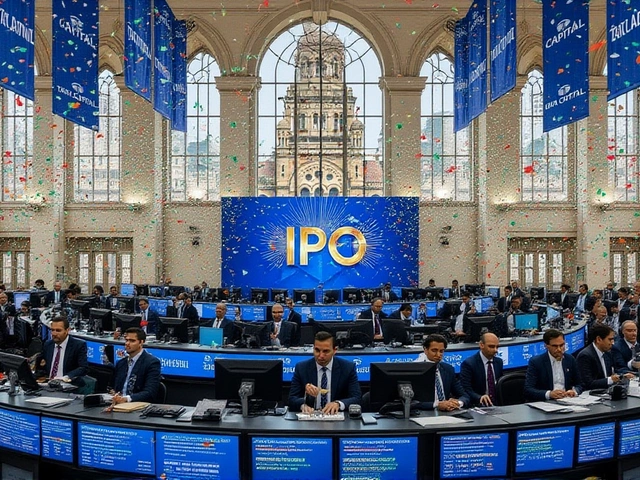Why Ganesh Consumer Products is going public
After eight decades of building a name in the Indian food market, Ganesh Consumer Products is stepping onto the stock exchange. The move isn’t just about cash – it’s a signal that the company wants to grow faster and become more transparent. By opening the Ganesh Consumer Products IPO, the firm hopes to tap a broader pool of investors who can back its expansion plans.
The company has carved a niche as the third‑largest packaged whole wheat flour brand in the country and the biggest maker of wheat‑based derivatives like maida, sooji and dalia in East India. With seven plants spread across West Bengal, Uttar Pradesh and Telangana, it already has a solid manufacturing footprint. Going public gives it the financial muscle to sharpen that edge.

What the IPO means for investors
Investors get a chance to buy shares at a price band of ₹306‑₹322, with a lot size of 46 shares, meaning the minimum outlay is just under ₹15,000. The subscription level stands at about 41%, showing modest but steady interest. In the grey market, the issue is trading at a 2.5‑3% premium over the top price, pointing to cautious optimism.
The issue is split into two parts: a fresh issue that will raise fresh capital and an offer‑for‑sale (OFS) where existing promoters sell some of their holdings. After the OFS, promoter ownership will drop from 75.3% to roughly 64.1%. That reduction is likely to improve stock liquidity and make the shares more attractive to a wider crowd.
How will the raised money be used? The company has laid out a clear plan:
- Pay down existing debt to clean up the balance sheet and lower interest costs.
- Set up a new manufacturing unit in Darjeeling focused on roasted gram flour and other gram‑based products, expanding its product mix.
- Cover general corporate expenses, from marketing to working capital, that support day‑to‑day operations and future growth.
These steps aim to boost capacity, diversify the portfolio and strengthen financial health. For investors, that translates into potential upside if the company can deliver on these promises.
Timing matters, too. The allotment is slated for September 25, refunds on the 26th, and the shares should hit the exchange on September 29, 2025. That short window gives market watchers a clear timetable to gauge demand and price movement.
Overall, the IPO offers a mix of opportunities and risks. On the upside, the company enjoys a strong brand, a diversified product line and a clear use‑of‑funds roadmap. On the downside, the FMCG sector can be sensitive to raw‑material price swings and shifting consumer tastes. Investors will need to weigh these factors against the modest subscription and grey‑market premium when deciding whether to jump in.




